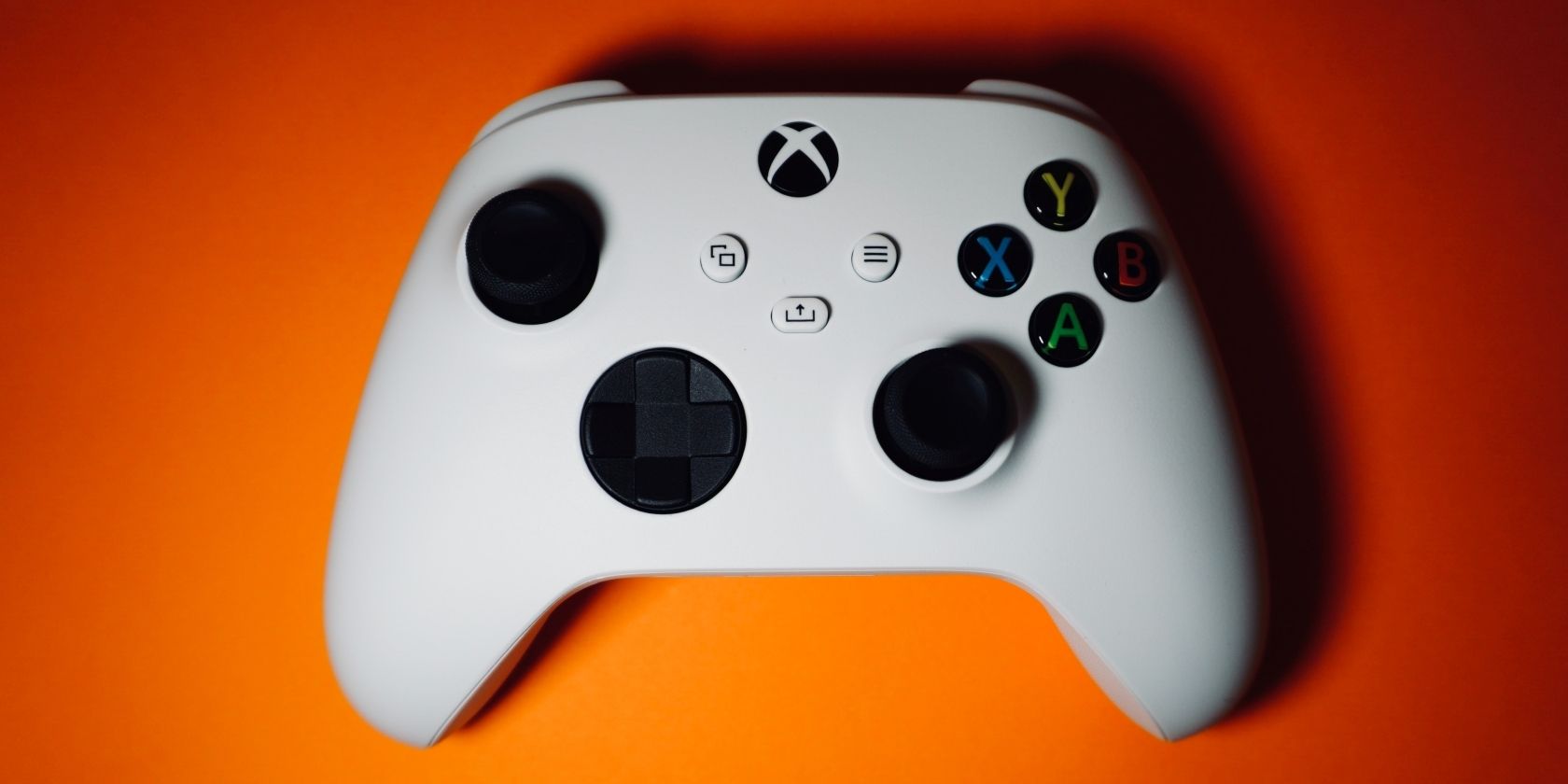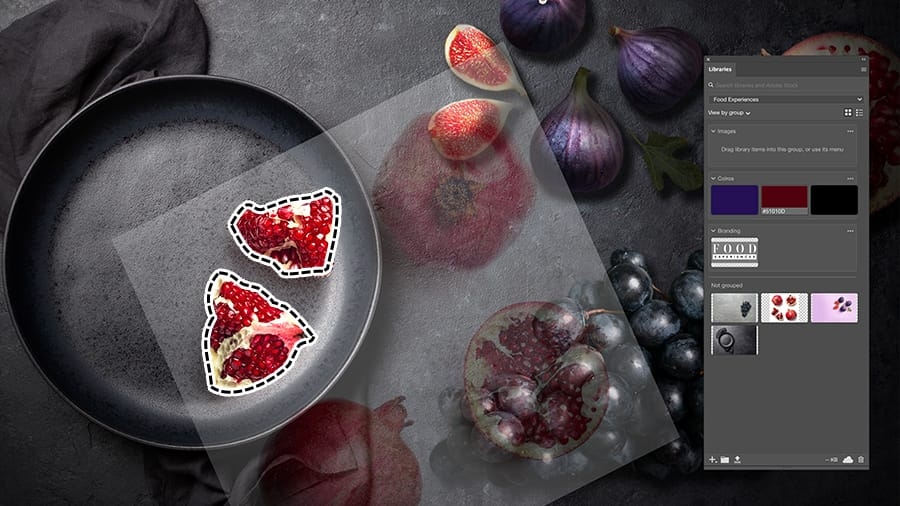The Steam Deck is a brilliant and versatile piece of gaming technology – a portable console that offers owners an unbeatable huge library of games. Still, with so many titles available to purchase and download through Valve’s online store, not all games perform well on the Steam deck.
If you own a Steam Deck and find that your console freezes, crashes or suffers from other performance issues when trying to play games, it’s worth adjusting your settings. Here are five steps you can take to optimize your gaming experience for demanding games on Steam Deck.
1. Enable Steam Deck’s performance overlay to view current performance statistics
Steam Deck’s performance overlay is a feature that shows real-time performance information displayed on the game you’re currently playing. The performance overlay will show useful details including frame rate (FPS), CPU and GPU usage, as well as the temperature of the Steam deck.
If you’re having Steam Deck performance problems when playing demanding games, enabling the performance overlay can help you identify which settings need to be optimized.
If you’re only interested in the frame rate, you can leave the display overlay level at 1. It will display the FPS in the top left corner of your screen and provide minimal or no distractions.
If you’re after the full performance package, however, selecting 4 will display a comprehensive view of GPU and CPU usage, temperature, VRAM usage, RAM usage, battery, FPS, latency, Gana RPM, FSR, and GameScope.
Depending on what aspect of performance your Steam deck is struggling with, playing around with the different performance overlay levels should be enough to help you identify which settings you need to optimize. If you need more advice, check out our guide on Steam Deck’s display overlay and what it shows for full support.
2. Enable per-game profiles to optimize performance
As not all games are fully optimized for Steam decks (Valve’s “Deck Verified” status indicates which games should be reliable on the console), it’s worth optimizing the settings for games that play well. Struggling to perform.
You can use the per-game profile tool to optimize performance settings for each game. You’ll find the option to enable per-game optimizations within the Quick Access settings.
Just press the QAM button, and scroll down to the battery icon to show the display settings (the same settings that display the display overlay level). From here toggle on Use in-game profile. Now, any settings you change will be saved and relevant to the current game you’re playing.
The customized per-game profiles are ideal for getting the best performance out of every game you own (or borrow!) on your Steam deck.
3. Optimize Display Settings for Your Game
If the frame rate is inconsistent (stuttering in demanding in-game locations or struggling to load) then it may be worth capping the maximum frame rate. Setting a lower limit can help extend Steam Deck’s battery life and reduce fan noise as well.
It is advisable to set your refresh rate according to your frame rate range. As a rule of thumb, it’s best to have your refresh rate divisible by your frame rate range as a whole number (such as 30 FPS and 60Hz, or 40 FPS to 40Hz).
It may be a personal preference, but in general, the benefits of enabling tearing (higher frame rates, smoother gameplay) aren’t enough to outweigh the negatives (frustrating visual inconsistencies that affect your gameplay).
The best thing to do with customizing performance settings is to try each option one at a time and see if it improves (or worsens) your Steam Deck gaming experience.
4. Modify in-game settings to improve performance
If you want to further optimize the game for your Steam deck, it’s worth playing with the in-game settings.
For most games on the Steam deck, you should be able to customize a range of specific display settings. This can range from basic (such as resolution, refresh rate, auto-detection for best rendering settings, and display quality settings) to more advanced settings (texture quality, depth of field, motion blur, shadow quality, and more).
These options can seem complicated if you don’t have much experience customizing game display settings, but most options are adjustable on a low-to-high toggle, so they’re easy to play with.
For quick performance fixes, try lowering the resolution, adjusting the graphics quality, and turning off features like motion blur and other graphical options.



